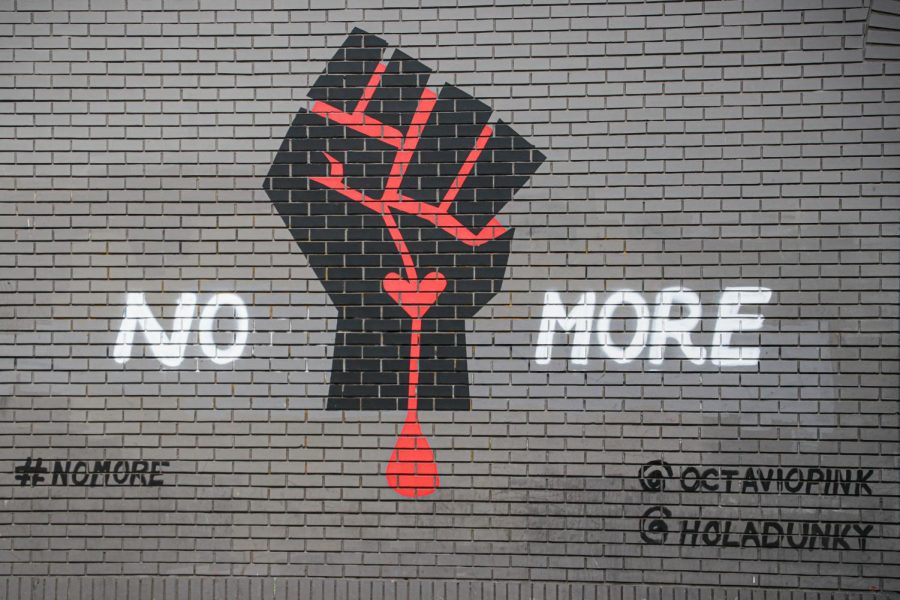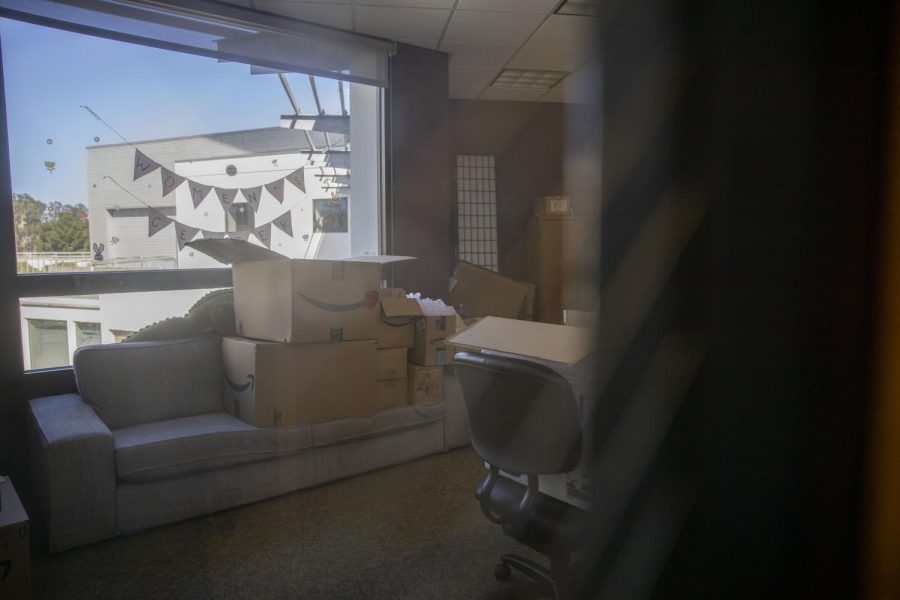The Academic Senate met Tuesday to discuss the current state of the University Planning Advisory Council’s merger.
The senate is looking to take an active role during the transition period in hopes of generating constructive discussion to minimize negative consequences.
“If we’re looking to find a way to address problems, we’re doing it right now,” said Genie Stowers, professor in the public administration department. “We need to have an open forum for issues.”
UPAC approved a merger that would take SF State’s eight colleges and condense them to six, an action that took effect July 1.
The six-college structure includes: the College of Arts and Humanities (which will also house the school of arts), the College of Business, the Graduate School of Education, the College of Ethnic Studies, the College of Health and Human Services, and the College of Science and Engineering.
Members of the academic senate believe that the impact on students is minimal in comparison to faculty and staff.
“We worked pretty hard to make the (reorganization) not a problem for students,” said Provost Sue Rosser. “We did a lot of behind the scenes work that took hours and hours to make everything look smooth on the surface.”
Though members of the senate believed there was a lot of work to be done and that some departments were at a loss, President Robert A. Corrigan defended the merger.
“It was decided we look at the structure (of the University) to find a more viable structure to get through this,” he said. “The next option was layoffs and it would’ve taken 200 assistant professor layoffs to meet the cuts we were faced with. Now there will be no layoffs and we can get through the next few years.”
Decisions left to be made by some departments include whether or not to merge similar departments and what to do with labs that no longer have a college to preside over them. Members of the senate believe that these decisions should be made transparent and that faculty and staff should be involved in the decision making process. They also hope to get outside input as the effects of the merger continue.
“A lot of people are working harder now and I believe the process involves more people outside this room,” said John Cleary, former coordinator of the now-merged College of Behavioral and Social Sciences.





